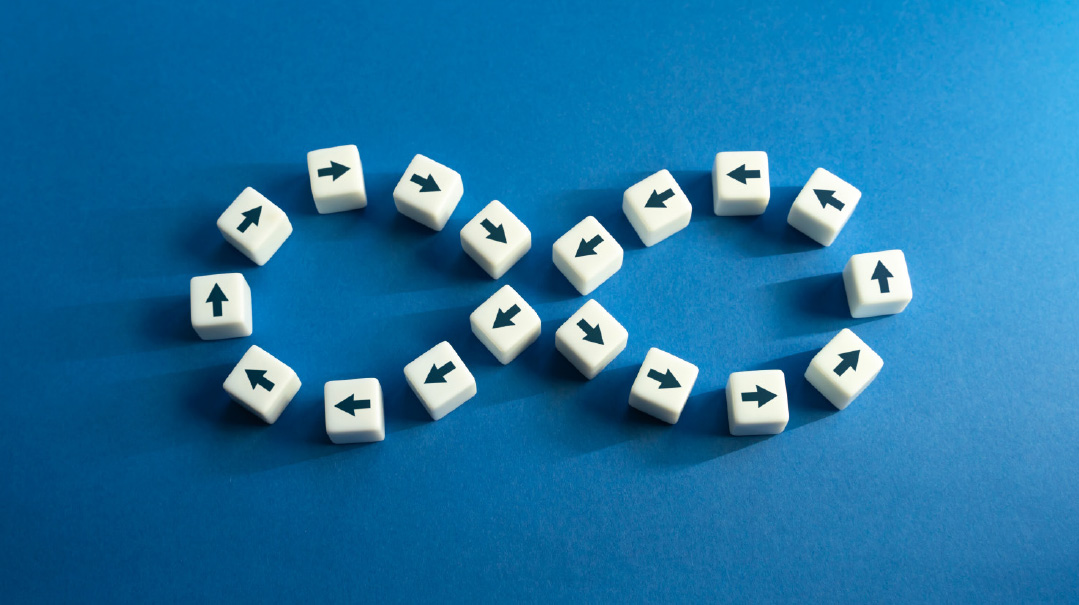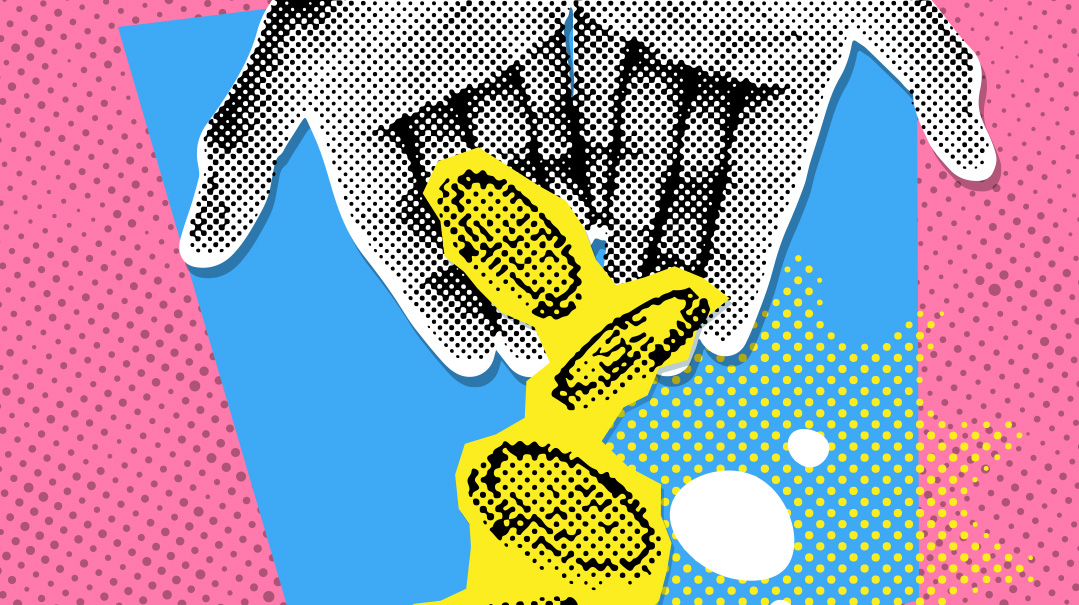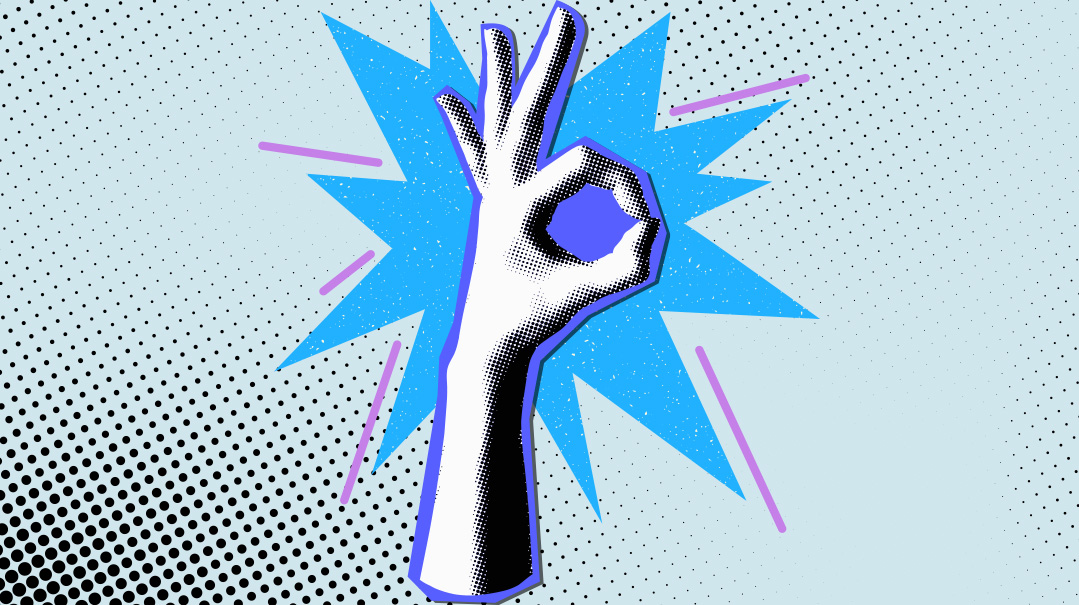Stop and Smell the Roses
| May 23, 2023I’d like to introduce another important component to recovery from unwanted eating behaviors

Stop and Smell the Roses
Shira Savit
“MY overeating makes me feel so out of control.”
“In the afternoon, this force takes over me and then I snack on whatever is in sight; I wish there was a way to stop.”
We all know there’s no magical formula to solve this complex, albeit common, challenge. There are so many reasons why we might overeat/binge eat/emotionally eat. Often, though, these episodes are characterized by feeling a disconnect between our minds and our bodies.
A binge-eating incident can feel like an out-of-body experience, a form of dissociation. Many of my clients relate that they can’t even taste the food they eat while binging; they simply zone out. As Sari* recently told me: “I know that I don’t want to be eating the whole kokosh cake, but I literally just can’t stop! My body doesn’t do what my brain wants it to do.”
Learning to feel our feelings and meet our emotional needs can definitely help heal our relationship with food. Here, though, I’d like to introduce another important component to recovery from unwanted eating behaviors: I call it the check-in method.
Bingeing/compulsive eating leads us to feel “checked out,” in that zoned-out way Sari describes. We can avoid getting there by learning to “check in” before you check out!
This approach isn’t about refraining from those brownies or chocolates. It’s about taking even one second to become aware of a physical sensation before the overeating.
Grounding is a well-known method of calming the nervous system and connecting a person with the here and now. It can serve as an effective antidote to the binge-driven disconnect. An excellent place to start is focusing your attention on your feet. Do they feel the floor underneath them? Can you wiggle your toes to cue your brain that you are standing on solid ground? One client told me that when she paused to feel her feet while grabbing pretzels, her pace slowed down.
Mindful breathing is another powerful way to connect our bodies to the present. When we inhale through our nose, the activation in our nervous system is lessened, which puts our body into a regulated, parasympathetic mode. There is no “right” way to breathe; counting our breaths, visualizing the words inhale and exhale, or simply mindfully taking a breath or two can cue the body into being present.
Other ways of checking in before checking out include increasing sensory awareness of one’s environment. We can prompt ourselves by asking questions like this:
What do I hear? I hear my baby crying; the music blasting; the kids playing jump rope outside.
What do I smell? Maybe food? Maybe fresh laundry? A sour smell from the garbage can?
Or try identifying a physical sensation: Do I feel hot? Cold? Are my hands or feet clammy? Is my heart racing? Choose whatever comes to mind first.
The options are endless, and there is no right or wrong way to do these exercises. In fact, many women come up with their own unique check-in methods.
The check-in approach is not necessarily going to stop our overeating or rid us of unwanted weight. However, when we choose to check in when we feel an urge to eat compulsively, we will automatically shift our body into its optimal mode to burn calories and digest food (rest-and-digest mode), calm our nervous system, and will probably feel more of a connection between our brain and body, which can only benefit us.
This Shavuos, when the cheesecake is calling your name, instead of worrying about how to fight the urge, try the check-in method. Feel your feet on the ground, wiggle your toes, notice the colors on your daughter’s dress, smell the flowers surrounding you, take three deep breaths.
You might still eat the cheesecake, but you will be giving yourself the gift of presence and regulation.
Shira Savit, MA, MHC, INHC is a mental health counselor and integrative nutritionist who specializes in emotional eating, binge eating, and somatic nutrition. Shira works both virtually and in person in Jerusalem.
Follow the Leader
Sara Eisemann
Leadership is not about being the best. Leadership is about making everyone else better. —B. Hyacinth
In a world measured by biggest, best, and most, we tend to see leaders as those who have surpassed others in some arena. You score the most goals, you become the captain of the team. You make the most sales, you get promoted to manager. In this model, leadership becomes the destination, the end game.
But this definition of leadership belies the truth and even the essence of the word. To lead is to “be a route or means of access to a particular place or in a particular direction” (Oxford Languages). The word itself intimates a journey. Think of a group, united by a mission, heading together toward some goal, guided by the one who holds the vision.
In the “best” model, leadership is about privilege and stature. In the “better” model, leadership is about responsibility. A true leader understands and values the mission of the group, and recognizes that every person can potentially be transformed. He recognizes that his job is to direct and manage, and encourage each member to stretch to meet their true potential.
A true leader appreciates that he is nothing more than a matchmaker, introducing each of his charges to his or her best self. His role is to see the latent potential the member may not even see in himself, and hold up a mirror to reflect it back.
An effective leader draws out the goodness of his group through the sheer magnetism of his own passion for the cause, and his love for the people in his care. He understands that his mission is not about him, it’s through him, and this humility and dedication creates his loyal following.
He knows the vanity of ego, the collective power of individuals, and the truth behind the axiom, “A leader without followers is just a man going for a walk.”
Sara Eisemann, LMSW, ACSW, is a licensed therapist, Directed Dating coach and certified Core Mentor.
What Sets Us Apart
Dina Schoonmaker
Human nature is to take the good in our lives for granted. This diminishes our simchah; the familiar is not exciting and therefore goes unappreciated.
Rav Yose, as quoted in the Gemara in Pesachim, teaches an important method to develop appreciation for a Torah life. He asks his family to prepare delicacies for Shavuos, saying “…if not for this day, how many Yoses [would there be] in the marketplace?”
Rav Yose was known for his humility. He was contemplating the fact that Torah developed him in a unique way that was worthy of celebrating. And he was able to imagine that without Torah he would be like any man in the marketplace. He was attributing all of his greatness to Torah.
We can learn from Rav Yose and take some time to imagine what our lives would look like without Torah. How would I dress, act, think? What would my values be? My lifestyle? My family life? Let’s increase our appreciation for the life we have — permeated by Torah and not just punctuated by Torah.
This Shavuos, may we truly feel the happiness of “Ashreinu mah tov chelkeinu.”
Dina Schoonmaker has been teaching in Michlalah Jerusalem College for over 30 years. She gives women’s vaadim and lectures internationally on topics of personal development.
(Originally featured in Family First, Issue 844)
Oops! We could not locate your form.







